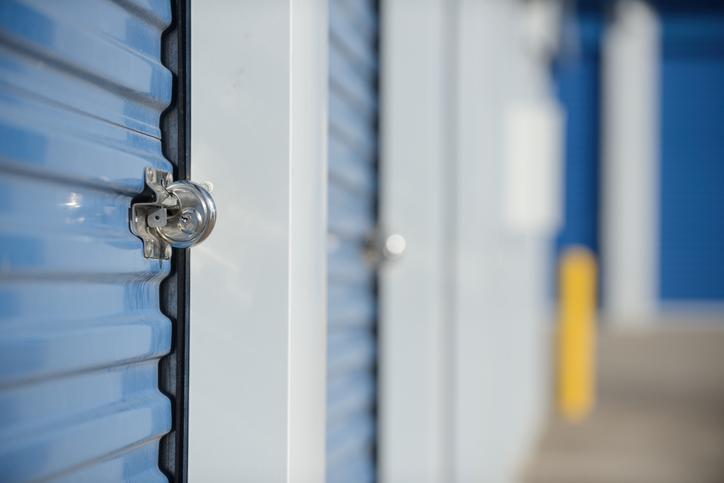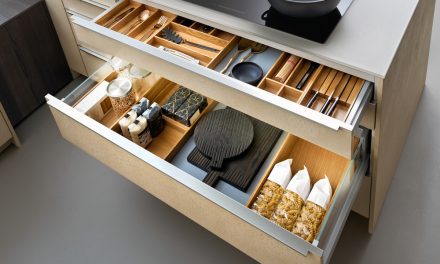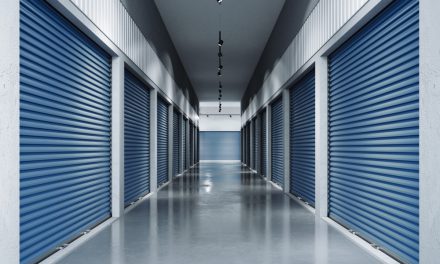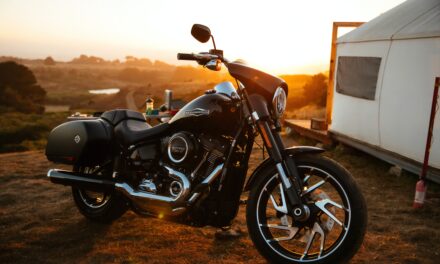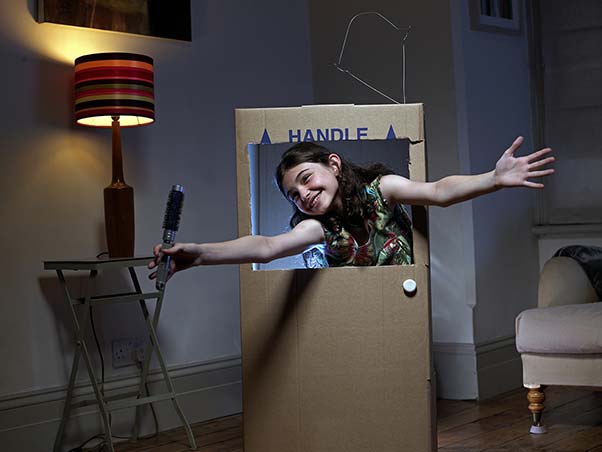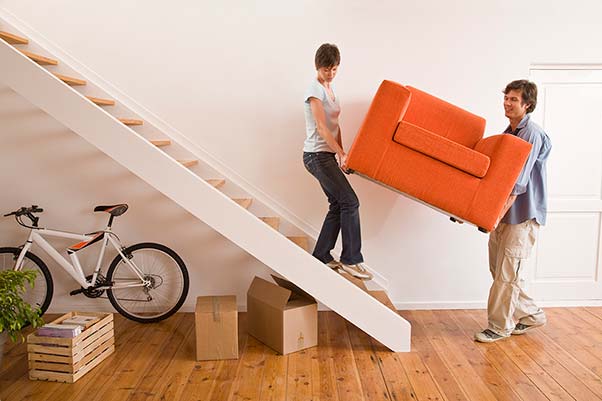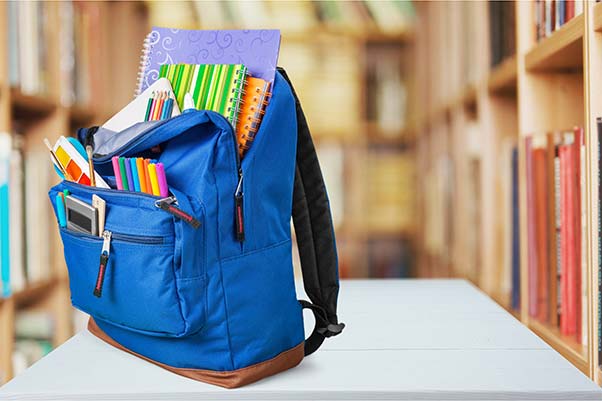Is your house or office getting a little cluttered? Have you sacrificed your garage for some big toys like boats and ATVs? Do you have special items, like artwork or wine, that need extra care? We all know what a storage unit is, but you might not realize that many different types of storage units exist.
In fact, storage facilities offer all kinds of special units, from traditional outdoor units to interior storage units, climate-controlled storage, and even storage for your boats and RVs. Interested in seeing what self-storage has to offer? You’ve come to the right place. In this article, we’ll explore seven unique types of self-storage.
The Seven Primary Types of Self Storage
If you thought a storage unit was only a small room to pack away your extra furniture and holiday decorations, it’s time to expand your understanding. You can put all kinds of things into storage, including extra vehicles, business supplies, rare bottles of wine, and old photographs. These days, storage facilities offer many unique types of storage units to cater to a wider audience.
The seven primary types of self-storage are:
- Outdoor storage
- Indoor storage
- Climate-controlled storage
- Wine storage
- Car storage
- Boat storage
- ATV storage
Below, we’ll break down each storage type and what it offers.
1. Outdoor Storage Units
Storage units outside are the most common types of storage units and the ones you most likely imagine when you picture the word “storage unit.” Outdoor storage units let you drive right up to the unit, open it, and unload your belongings. They typically come in a variety of small, medium, and large units.
Benefits of Outdoor Storage Units
- Easy drive-up access
- Fast and simple loading and unloading
- No elevators or stairs
- A variety of sizes
Drawbacks of Outdoor Storage Units
- Less secure than interior storage units
- Not climate-controlled
- Often cannot fit large vehicles
2. Indoor Storage Units
Interior storage units are located inside a building that’s typically restricted to authorized customers only. Your unit may be on the ground floor or an upper floor. A state-of-the-art indoor storage facility should come equipped with wide-access elevators and free courtesy carts to make transporting your stuff in or out of the unit simple. You can rent interior storage units in a variety of small, medium, and large sizes.
Benefits of Indoor Storage Units
- Greater security
- More pricing options (upper-level units are often less expensive than floor units)
- Different unit size options
Drawbacks of Indoor Storage Units
- Can require more time to pack and unpack
- Can require more effort to pack and unpack, especially upper units
- Not climate-controlled
3. Climate-Controlled Storage Units
Do you plan on storing temperature-sensitive items? If so, it’s wise to rent a climate-controlled unit. What is climate-controlled storage? Great question! A climate-controlled unit is meant to keep sensitive items, including electronics, instruments, antiques, or clothing, in their proper condition. This unit can help moderate temperatures and humidity, fending off mildew, dust, and other elements that could harm your things.
Benefits of Climate-Controlled Units
- Peace of mind, knowing that your items are stored in the best way possible
- Protection from extreme temperature fluctuations—both heat and cold
- Humidity controls let you keep your items at the perfect levels.
Drawbacks of Climate-Controlled Units
- Typically costs more than non-climate-controlled units
- Not every storage facility offers them
- Availability and size options of units may be limited
4. Wine Storage
Wine tasting is practically a national pastime in California, especially in areas like Napa Valley, Paso Robles, and Temecula. It only makes sense that many vinophiles want to collect and preserve their favorite vintages.
Wine has very special storage requirements to ensure that the contents of the bottle are aging properly. Too much heat, humidity, or oxygen can ruin everything. Even light and vibrations can also cause a bottle to go bad.
Therefore, wine must be kept in the right conditions. When preserved correctly, they can last for decades or even centuries. According to master sommelier James Suckling, wine must be stored in the following way:
- At the proper temperature: Whether for long-term or short-term storage, wine should be kept at 55 degrees Fahrenheit.
- Horizontally: For bottles with corks, horizontal wine racks help keep the cork moist and prevent premature aging.
- In the dark: UV rays can damage both a wine’s flavor and aroma.
- At the proper humidity: Bottles should be kept between 60% to 68% humidity.
Take a look at our top tips for storing wine.
Benefits of Wine Storage
- Provides temperature and light-controlled storage
- Various sizes, from lockers to walk-in units, are offered
- Extra security measures may be available
Drawbacks of Wine Storage
- Not every storage facility offers wine storage
- You may need to invest in custom-fitted shelves or racks for your collection
- Availability and unit sizes may be limited
5. Car Storage
Have an extra vehicle taking up space in your garage, driveway, or yard? If you’re tired of playing Tetris with your cars every time you need to drive to the grocery store, vehicle storage solutions may be the right answer. Some storage facilities provide outdoor parking or indoor spaces for certain vehicles, including sedans, trucks, and vans. Curious about the cost of storing a vehicle? Learn more about the cost of car storage.
Benefits of Vehicle Storage
- Easy “pull up, hitch, and go” access
- Extra space at home
- Increased security
Drawbacks of Vehicle Storage
- Not offered at every storage location
- Indoor storage may be limited
- You may need to provide your own vehicle cover for outdoor storage
6. Boat Storage
Boating is a way of life in California, especially in coastal areas. However, boats can take up a lot of space in the driveway or rack up expensive docking fees.
Some storage facilities offer indoor or outdoor boat storage. You can easily pull your boat into an outdoor spot and keep it secure during the off-season. Indoor storage keeps your boat safe from the weather.
Benefits of Boat Storage
- Frees up space at your home
- A good alternative to renting a boat dock
- Extra security
Drawbacks of Boat Storage
- Not available at many storage facilities
- Indoor storage may be limited
- You may want to bring your own boat cover for outdoor storage
7. ATV Storage
Fun toys, like ATVs, motorbikes, jet skis, quads, and dune buggies, can add fun and adventure to your life. However, these items take up a lot of space and aren’t typically used on a regular basis. That means they could be cluttering your garage, shed, or yard.
Some storage facilities offer interior storage units large enough to accommodate big items like ATVs. Large units may even give you additional storage space for extra camping, sports, and adventure gear.
Benefits of ATV Storage
- Free up space at home
- Keep your expensive items safe
- Indoor storage protects your possessions from the sun and weather
Drawbacks of ATV Storage
- Not available at all storage facilities
- Extra time to pick up your items
Make Storage Simple With Our Free Storage Concierge Service
Self-storage has changed over time. It’s no longer a “one-size-fits-all” solution. Today’s storage facilities, including Price Self Storage, offer a variety of storage units. Scattered across the California coast, our state-of-the-art facilities include:
- Indoor units
- Outdoor units
- Climate-controlled units
- Wine storage (at select locations)
- Indoor and outdoor vehicle storage (at select locations)
Whether you need storage in Los Angeles, San Diego, or near our other locations in California, Price Self Storage offers a wide selection of affordable types of self-storage with a range of sizes and features.
Not sure which unit is right for you? Don’t hesitate to give our free concierge service a call. Our knowledgeable and friendly representatives can help you determine the right storage option for you and find the closest available unit that meets your needs.
Once you find your perfect self-storage unit, check out our storage unit tips or learn how to pack a storage unit for easy accessibility. Give us a call today to reserve a storage space at a facility near you!
Storage Unit FAQs
Exploring different types of storage can help you find the perfect storage solution for your needs. Whether you’re storing household items, vehicles, or business inventory, understanding your options will help you make the right choice. Take a look below to get answers to our most common questions about the different types of storage units we offer.
What is the difference between indoor and outdoor storage units?
Indoor storage units are located inside the main storage building, meaning you’ll need to enter the facility in order to access your unit. Outdoor storage units, also known as “drive-up units,” have doors facing the outside of the building, allowing you to park your vehicle right at the unit door.
Indoor units offer better protection from weather and temperature fluctuation, but you’ll have to do more work to load and unload your unit. Outdoor storage units give you maximum convenience, especially when loading or unloading heavy items.
Are climate-controlled storage units worth the extra cost?
The answer really depends on your specific needs. Climate-controlled storage units are an excellent choice if you’re looking to store electronics, antiques, wooden furniture, musical instruments, artwork, photos, wine, or other sensitive items.
If you only need short-term storage or plan to store items that aren’t vulnerable to extreme temperatures, standard types of storage units may be a better option for you.
Can I store my vehicle in a storage unit?
The answer is yes. Depending on the storage facility you choose, you may be able to rent a designated outdoor vehicle storage space or simply store your vehicle in a standard unit as long as it’s large enough (typically 10×20 or larger).
Before storing your vehicle, prepare it for storage and confirm that your facility allows vehicle storage in their units.
How can I maximize space in my storage unit?
There are a lot of good tips and tricks for maximizing space in your storage unit. Start by taking advantage of vertical storage. Stack your boxes or bring in free-standing shelves so you can utilize the full height of your unit. Next, disassemble furniture, use vacuum-sealed bags for clothing, and nest items inside one another when possible.
Can I access my storage unit at any time?
When you store with Price Self Storage, you can access your storage unit from 7:00 AM to 7:00 PM every day of the week. We power down our gate after 7:00 PM as an extra safety measure to keep your unit and your possessions as safe as possible. Unfortunately, this means you won’t be able to access your unit during late night and early morning hours.
What are the benefits of each type of storage unit?
Each different type of storage unit offers its own advantages and drawbacks. Indoor units provide protection from the weather, while drive-up storage units make loading and unloading extra convenient. Climate-controlled storage units are ideal for protecting your more valuable and vulnerable items. Vehicle storage is the best option for keeping your extra car, truck, SUV, or van in good shape while you don’t need it. Finally, wine storage is an excellent choice for storing all your extra bottles in a secure, climate-controlled unit.
Where can I find different types of storage facilities?
You can find different types of storage facilities through online search engines, storage company websites, and local directories. To make your search as easy as possible, just put your city or zip code into the box on the Price Self Storage home page. We’ll immediately list all the Price Self Storage facilities close to you. Click on your preferred facility to see a full list of available storage units for rent.
What are the most common types of self storage units?
The most common types of self storage units are indoor, non-climate-controlled units. These also tend to be the least expensive to rent, especially if you choose elevator-access units. Drive-up access units or outdoor storage units are growing in popularity, and many customers appreciate the added convenience they offer for loading and unloading. Less common units include climate-controlled units, vehicle storage spaces, and wine storage units.
How do I choose the right type of storage unit for my needs?
It can be challenging to choose the right type of storage unit. Begin by taking an inventory of what you want to store and estimating how long you want to store it. Do you plan on storing sensitive items, like artwork, electronics, or wooden furniture, for a long amount of time? Then, it might be a good idea to choose climate-controlled storage. Are you storing a lot of large, heavy items? Drive-up storage could make the loading and unloading process easier.
Finally, look at your budget. Special storage units, like drive-up access, climate-controlled, and wine storage, are almost always more expensive than standard storage units.

